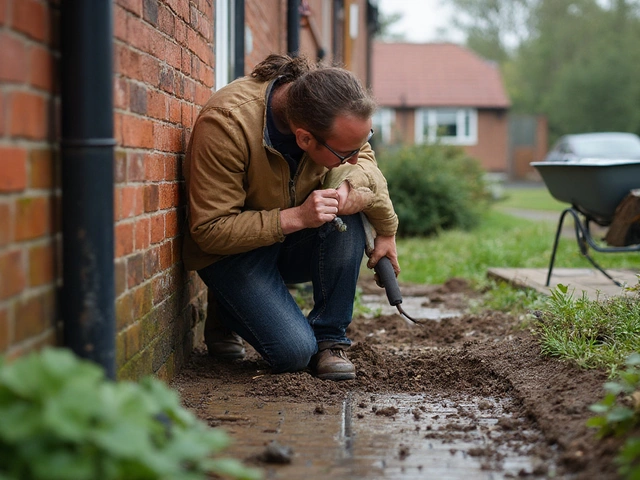Remodeling Costs: Your Quick‑Start Budget Guide
Thinking about a kitchen upgrade or a new bathroom? The first thing most homeowners ask is, "How much will this cost?" It’s a fair question—unexpected expenses can turn a dream project into a nightmare. That’s why a solid budget is the backbone of any remodel. Below you’ll find the most common cost drivers, hidden fees that pop up, and practical ways to keep your spend in check.
Key Factors That Shape Your Remodeling Bill
Size matters. Bigger rooms need more material, more labor, and more time, so square footage is the simplest cost estimator. Material choice is the next big variable—think cheap laminate versus premium stone, or basic fixtures versus high‑end designer pieces. Labor rates also vary by region; a contractor in London will charge more than one in a smaller town. Don’t forget permits; many local councils require a fee for structural changes, and those can add a few hundred pounds to the total.
Specific rooms have their own price patterns. A kitchen remodel typically runs between £10,000 and £30,000, with cabinets and appliances taking the lion’s share. Bathroom projects often fall in the £8,000‑£20,000 range, driven by plumbing and tile work. Structural repairs—like fixing a cracked foundation—can sky‑rocket to £15,000 or more, especially if underpinning is needed.
Smart Ways to Keep Costs Under Control
Start with a detailed plan. Sketch out what you want, list every material, and mark the must‑haves versus nice‑to‑haves. With that list, request at least three quotes from reputable contractors. Comparing bids helps you spot outliers and negotiate better rates. If you’re handy, tackle the demolition yourself; you’ll save on labor and get a clearer sense of what’s actually inside the walls.
Timing can save money, too. Many contractors offer discounts during the off‑season (late autumn and winter) when work is slower. Look for reclaimed or surplus materials; a lot of suppliers have leftover stock at a fraction of the original price. Finally, avoid mid‑project changes. Even a small design tweak can add extra labor, new permits, and material waste, inflating the bill by 10‑20%.
Financing the remodel? Consider a phased approach—complete the kitchen first, then move to the bathroom once the first phase is finished. This spreads out the cash flow and lets you see the value added before committing more money. Some banks offer home‑renovation loans with lower rates than credit cards, so shop around for the best deal.
Bottom line: know your priorities, get multiple quotes, and keep an eye on hidden costs. By planning ahead and being realistic about what you can afford, you’ll turn a pricey surprise into a well‑managed project that adds real value to your home.
Best Time of Year to Remodel a Bathroom: Weather, Costs & Scheduling Secrets

Discover the optimal time for a bathroom remodel based on weather, budget, and contractor availability. Get real-life tips and expert advice for hassle-free renovations.
read more



